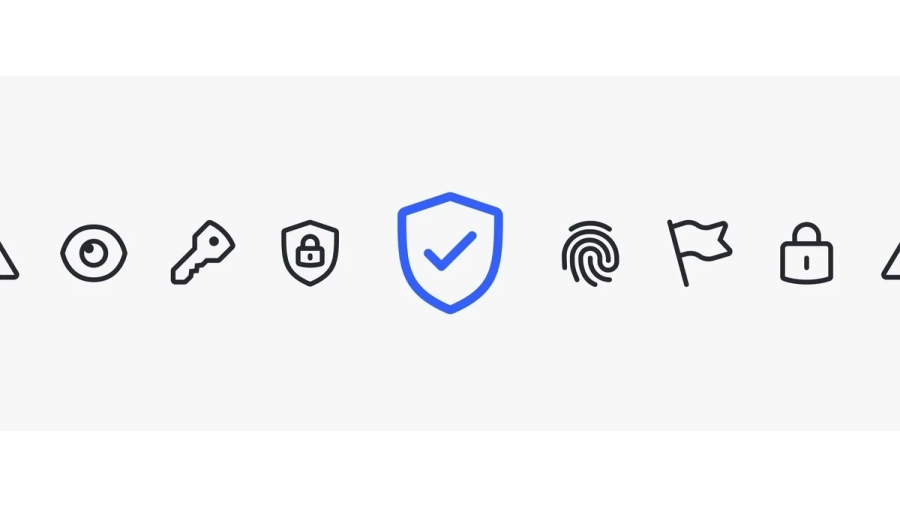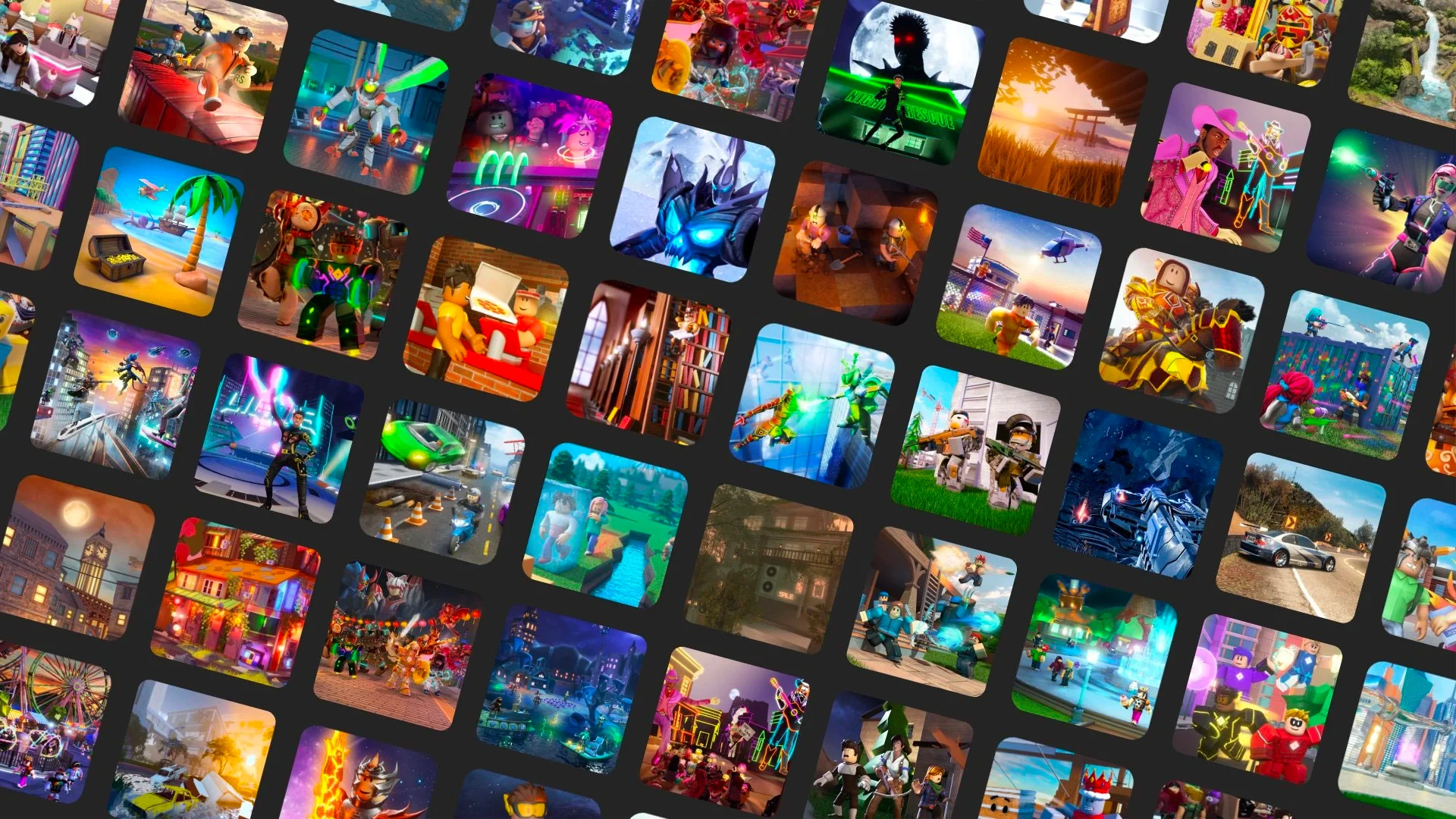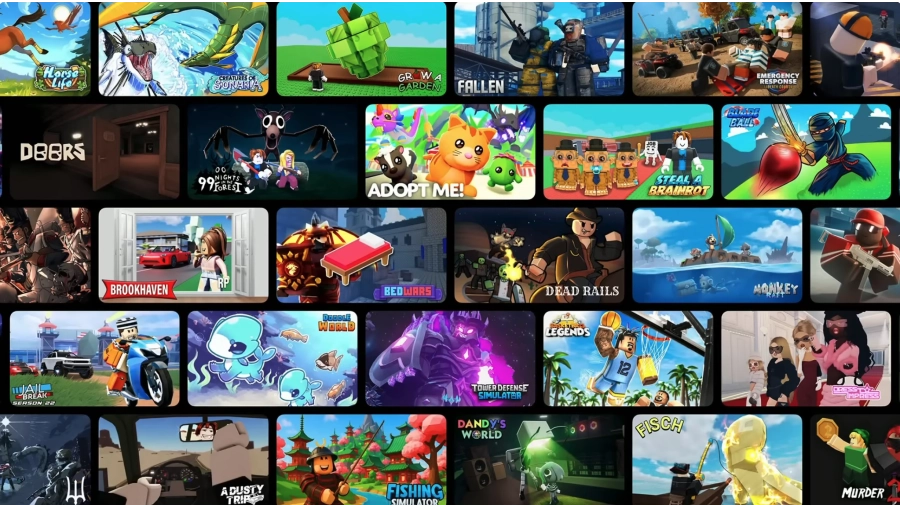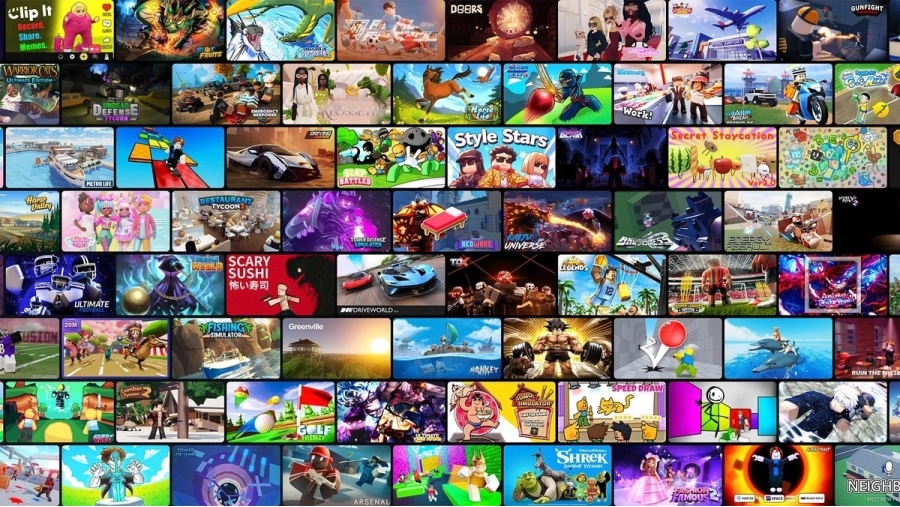
Roblox Age Verification & November 2025 Updates
November 2025 brought a tidal wave of updates to Roblox, but one announcement dominated every conversation: mandatory age verification for chat. While the platform unveiled impressive new developer tools and features throughout the month, the community's reaction to the chat restrictions revealed deep concerns about the future of communication in Roblox.
The Age Verification Bombshell
Roblox announced that starting in early 2025, users will need to verify their age through Facial Age Estimation or government ID verification just to access chat features. The system will segregate users into age brackets, allowing communication only within the same age group unless players establish "Trusted Connections" with people they already know. The requirements will also extend to Team Create Collaborate in Studio and social media links.
The company positioned this as a safety-first initiative, but the developer community erupted with criticism. The concern isn't just philosophical—it's practical and immediate. Thousands of experiences built around communication will face existential threats. Roleplay games, strategy titles, cooperative adventures, social hangouts, and community-driven experiences all depend on players being able to talk to each other freely.
Developers quickly identified several critical problems with the approach. First, the system relies on a third-party company called Persona for verification, and their privacy policy reveals that biometric data isn't immediately deleted as Roblox initially suggested. Data can be retained for 30 days or longer if deemed necessary. For a platform that has spent years teaching children not to share personal information online, requiring facial scans or ID uploads feels like a dramatic reversal.
Second, the age bracket system might actually make targeted harassment easier, not harder. If bad actors know they're only communicating with users in a specific age range, they can tailor their approach accordingly. Several developers pointed out that nothing stops someone from using a younger family member's face or ID to verify an account, defeating the entire purpose while creating a false sense of security.
Third, and perhaps most devastating, developers won't be able to communicate with their own players effectively. Community management, moderation, customer support, and the basic act of playing your own game with users will become fractured across age groups. One developer gave the announcement a zero out of 100, warning that it could destroy years of community-building work.
The Developer Forum exploded with criticism. Comments ranged from measured concern to outright anger, with many creators warning that this could be the update that drives them to other platforms. The phrase "Internet Safety in 2025 is an absolute joke" captured the sentiment of many who felt Roblox was implementing security theater rather than meaningful protection.
Developer Tools Reach New Heights
Despite the controversy, Roblox delivered one of its strongest months for creator tools in recent memory. If the age verification announcement hadn't happened, November would have been celebrated as a major win for the developer community.
Revolutionary New APIs and Services
The Speech-to-Text API entered beta, opening entirely new possibilities for game design. Developers can now convert voice and audio into text, enabling voice-controlled mechanics, accessibility features for players with hearing impairments, and dynamic NPC conversations that respond to spoken commands. This is the kind of feature that doesn't just improve existing games—it enables entirely new genres.
Content Sharing APIs launched with both an Upload API and Recommendations API. These tools let developers build in-experience creation and discovery systems, effectively turning games into content platforms where players can create, share, and discover user-generated content without leaving the experience. For games focused on user creativity, this could be transformative for engagement and retention.
ReflectionService arrived as a new service that allows programmatic inspection of the Roblox engine's API surface. Technical developers immediately recognized its potential for creating adaptive systems, building better analysis tools, and developing plugins that automatically adjust to API changes. It's a power-user feature that will lead to more sophisticated development tools and workflows.
The HttpService Observability dashboard launched, giving creators real-time visibility into how their experiences use external services. Developers can monitor request performance, identify bottlenecks, debug issues, and optimize their integration with web APIs. For experiences that rely heavily on external data, this visibility is invaluable.
Studio Gets Serious Upgrades
Studio Script Sync reached public beta with impressive capabilities. Developers can now synchronize Roblox scripts with Luau files on their local drives, bridging the gap between Studio and external IDEs. The system supports folder syncing, automatic resumption, both .lua and .luau extensions, and can handle up to 10,000 scripts per sync instance. For teams using version control systems like Git, this integration removes major friction from their workflows.
Reimport for 3D content addresses one of the most frustrating aspects of development: re-importing updated models and having to redo all your Studio work. The new Reimport feature provides one-click, non-destructive updates that preserve properties, scripts, and configurations. External 3D artists can iterate freely knowing their changes will integrate cleanly without destroying work already done in Studio.
Email Digests for Studio Comments launched to help developers stay connected to their projects. Get notified when collaborators leave feedback, respond to questions without constantly checking Studio, and maintain momentum on projects even during busy periods. It's a small quality-of-life improvement that addresses a real collaboration pain point.
The Luau Type Solver graduated from Studio Beta and rolled out to all users. Developers gained new scripting workspace properties to configure the Type Solver and set default typechecking modes. This represents months of testing and refinement, and it makes Luau more robust for catching errors before they become runtime problems.
Matchmaking and Experimentation Transform Game Design
Custom Matchmaking became available to all experiences, fundamentally changing how developers can structure player sessions. Instead of relying on Roblox's default matchmaking, creators can now adjust the weights of matchmaking signals or define entirely custom signals based on their own data. Want to match players by skill level? Prioritize friends playing together? Create regional servers? It's all possible now.
This pairs perfectly with the new Configs and Experimentation tools. Configs allow real-time updates to in-game values without server restarts—perfect for live events, balance adjustments, limited-time modes, or A/B testing. The Experimentation framework measures how changes impact retention, engagement, and monetization, replacing guesswork with data-driven decisions.
Server CPU allocation also received a major upgrade, becoming dynamic based on real-time player counts. The system now automatically adjusts CPU resources as players join and leave, increasing baseline performance while scaling efficiently. Experiences with variable player counts will see better performance during peak times without wasting resources during quiet periods.
Visual and UI Improvements
The maximum number of Highlight instances jumped from a restrictive limit to 255 per experience. This seemingly technical change has huge implications for level design. Developers previously needed complex workarounds to highlight multiple objects; now they can straightforwardly emphasize collectibles, interactive elements, quest objectives, and more without hitting arbitrary limits.

Video Previews for game pages launched, initially for MacOS users with other platforms following shortly. Creators can now upload gameplay videos that play automatically when users visit their game page. First impressions matter tremendously in discovery, and dynamic video showcases games far more effectively than static screenshots. Expect to see developers investing in high-quality trailer production.
The new Studio UI will remain in beta through the holiday period before becoming the standard interface in early January 2026. Roblox explicitly decided not to disrupt creators during the critical holiday season, showing awareness that major workflow changes need careful timing. Developers can customize the interface through right-click menu options, choosing between compact and traditional layouts.
Group Management and Monetization Expand
Group roles in Creator Hub received granular permissions for managing secrets. Previously, only group owners could handle secrets-related tasks, creating bottlenecks in team workflows. Now you can delegate these responsibilities to trusted group members, enabling larger teams to move faster without security compromises.
Rewarded Video ads opened up to all ads-eligible creators, lowering the age requirement from 18+ to 13+. This democratizes monetization for younger developers while giving all creators new tools: an in-platform forecaster to estimate earnings, better controls to target ads at likely spenders, and improved reporting for optimization. The expanded access could significantly increase ad inventory across the platform.
Self-Serve IP Licensing launched for all eligible IP holders, removing friction for brands and content owners who want to license their intellectual property for use on Roblox. The platform now provides strict verification and abuse safeguards while making it easier for creators to access a wider variety of licensed content for their experiences. You can read more here.
Technical Infrastructure and Developer Resources
Several technical improvements landed throughout November. The Input Action System became available for publishing in live experiences after client beta testing, bringing new input handling capabilities with bug fixes and feature additions. UIStroke improvements with scaling, offsets, and rich text support graduated to client beta, giving developers more control over interface styling.
The Data Stores Batch Processor became open source, providing a powerful command-line tool for large-scale operations on Data Stores. It runs locally or on servers using Open Cloud APIs for LuauExecutionSessionTasks, Memory Stores, and Data Stores, enabling bulk operations separate from live game servers.
Extended Services received updates for creators with very large experiences pushing platform boundaries. Developers building massive, complex worlds can now purchase additional service usage beyond standard limits, ensuring their ambitions aren't constrained by default resource allocations.
Verified badge requirements expanded beyond just owners to include contributors receiving at least 10% automatic group payouts from experiences with over 1 million playtime hours in the last 90 days. This acknowledges that successful experiences often result from team efforts rather than solo development.
Safety Updates Beyond Verification
While age verification dominated headlines, Roblox made other safety improvements that received less attention. The company open-sourced its PII Classifier, which achieves 98% conversation recall in English for detecting personally identifiable information. This tool helps prevent accidental sharing of addresses, phone numbers, social security numbers, and other sensitive data.
The platform expanded the list of report categories that receive responses, providing users more transparency about moderation actions. These changes represent genuine improvements to trust and safety systems, but they were overshadowed by concerns about the age verification approach.
Platform Performance and Growth
Roblox's Q3 2025 financial results, reported at the end of October, revealed explosive growth continuing into November. Revenue reached $1.92 billion with 48% year-over-year growth, while bookings surged 70%. Daily active users hit 151.5 million, and monthly unique payers increased 88% to 35.8 million.
These numbers demonstrate that despite controversies and concerns, the platform continues resonating with users worldwide. The growth in paying users is particularly notable, suggesting Roblox is successfully monetizing its massive audience while maintaining engagement.
The Halloween Spotlight event concluded on November 3 after running since late October. Players participated in Halloween-themed experiences to earn runes and keys, unlocking exclusive avatar items. These limited-time events consistently drive engagement spikes and give developers valuable exposure to large audiences.
Community Tools and Features
Communities received new management capabilities. Category Permissions allow setting roles and customizing permissions per forum category, giving community administrators granular control over who can post where. Slow Mode restricts how quickly individual users can post and comment, helping moderators manage active discussions without completely locking threads.
Account Age Join Requirements let community administrators set minimum account ages for participation. Combined with the other moderation tools, these features give community managers better ways to maintain healthy discussion environments without draconian restrictions.
The Makeup Preview tool was added to the Avatar Setup Plugin in Studio, helping creators build and test complete makeup looks on avatar heads.
Developers can mix and match makeup assets, control layering order, and preview creations on different skin tones with animations. It's a specialized tool, but valuable for creators focused on avatar customization experiences.
Looking Forward
November 2025 will be remembered as a month of contradictions. Roblox delivered an impressive array of tools that meaningfully expand what creators can build and how they can monetize. Speech-to-Text, Custom Matchmaking, Content Sharing APIs, Script Sync—these features represent substantial investment in creator success.
Yet the age verification announcement overshadowed everything else. When you implement a policy that threatens entire game genres and fundamentally alters platform communication, you need community buy-in. Roblox didn't secure that support, and the backlash reflects genuine concern about unintended consequences.
Developers are watching closely to see whether Roblox will adjust its approach based on feedback or push forward despite widespread criticism. The platform has historically been responsive to creator concerns, but the safety and regulatory pressures driving age verification may limit flexibility.
What's clear is that November's announcements will have lasting impact. The developer tools will enable new types of experiences and more sophisticated games. The age verification system will reshape how communities function, for better or worse. And the tension between platform growth and safety concerns will continue defining Roblox's evolution in 2025 and beyond.
For creators, the message is mixed: Roblox is investing heavily in your success with powerful new tools, but changes to fundamental platform features like chat may force you to rethink how your experiences work. For players, the experience is about to change significantly, and only time will tell whether these changes make the platform safer or just more fragmented.
The next few months will be critical as the age verification rollout approaches. Will Roblox find a middle ground that addresses safety concerns without breaking communication-dependent experiences? Will developers adapt their games to work within the new constraints? Will users accept biometric verification as a requirement for basic platform features? The answers to these questions will shape Roblox's future.







